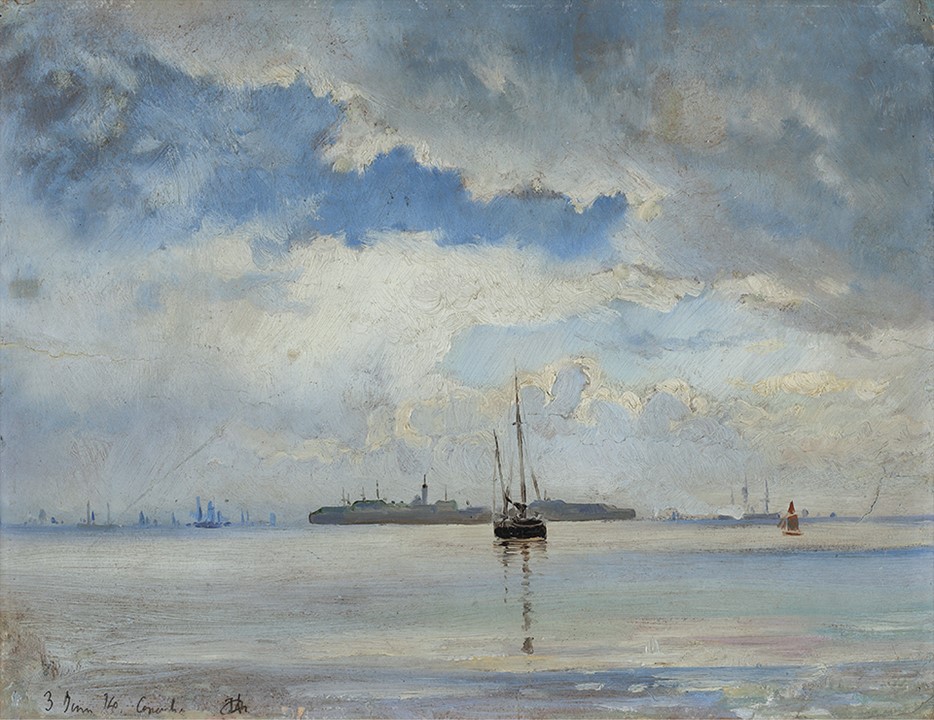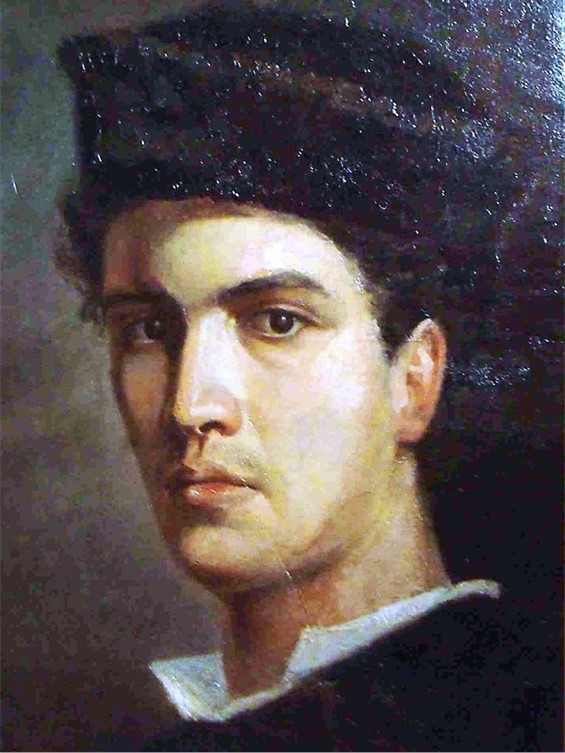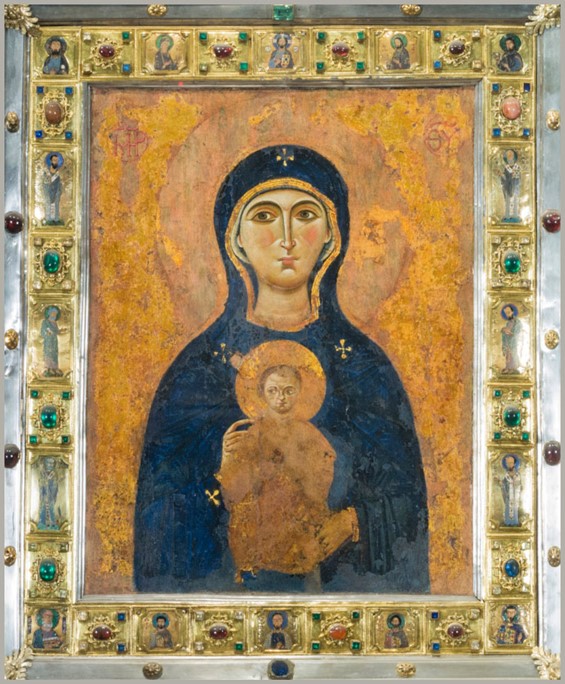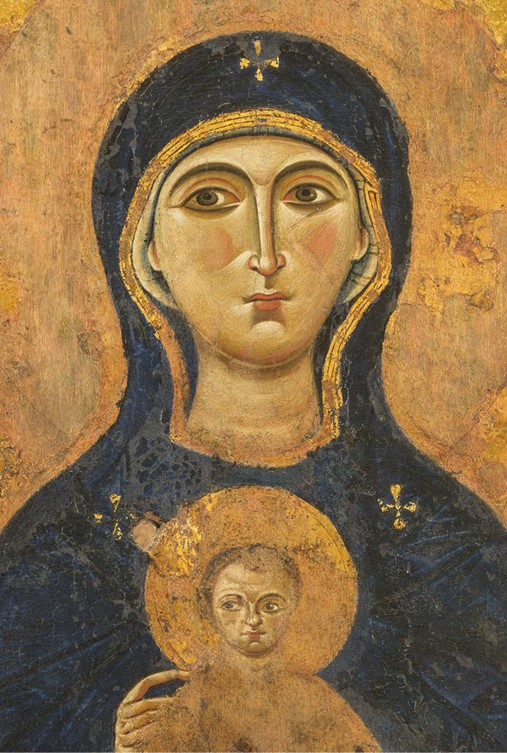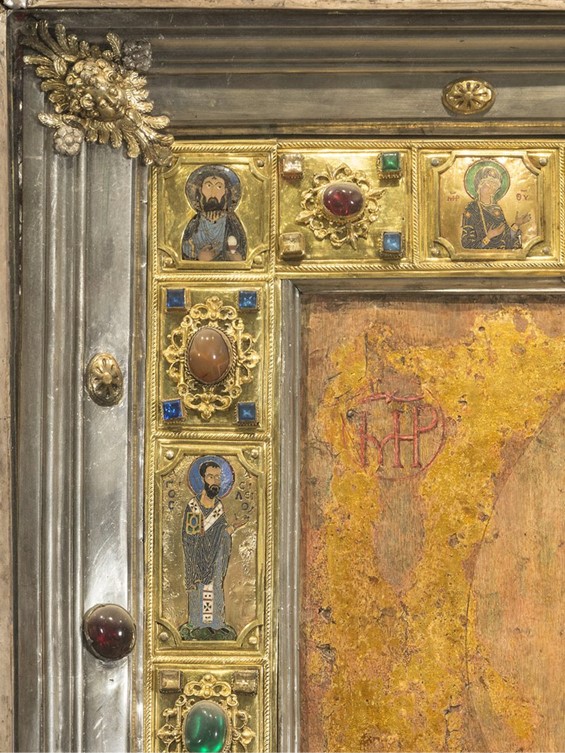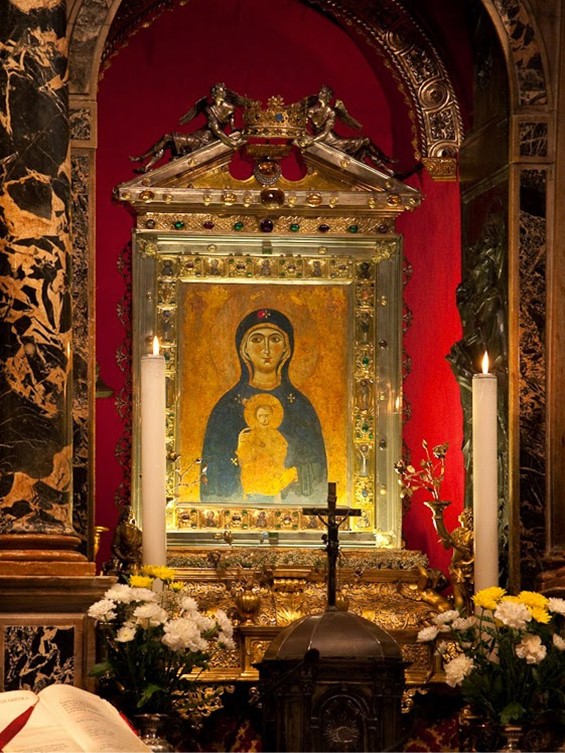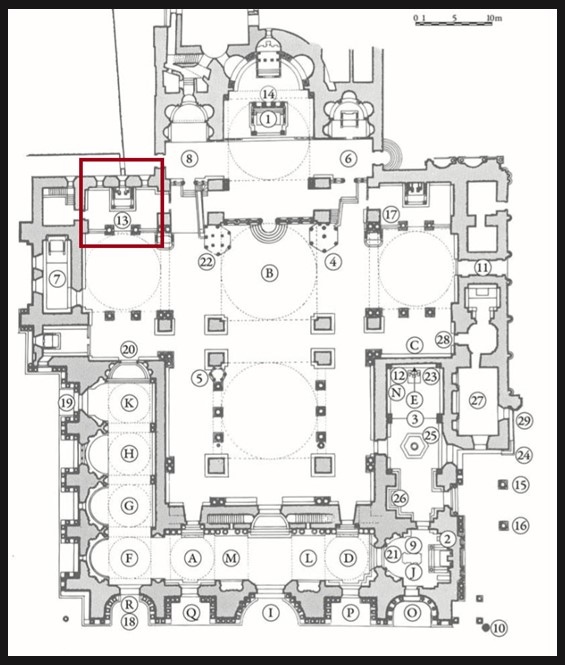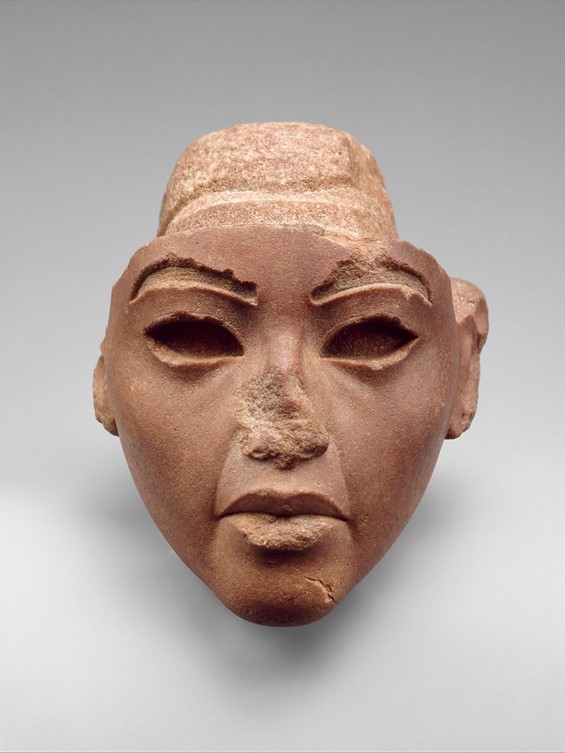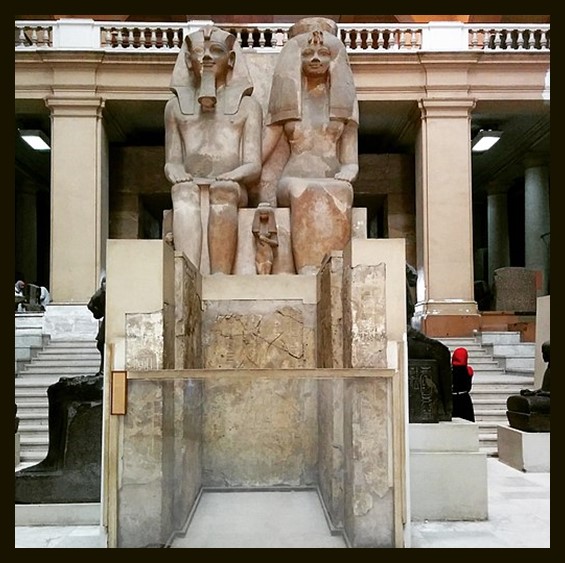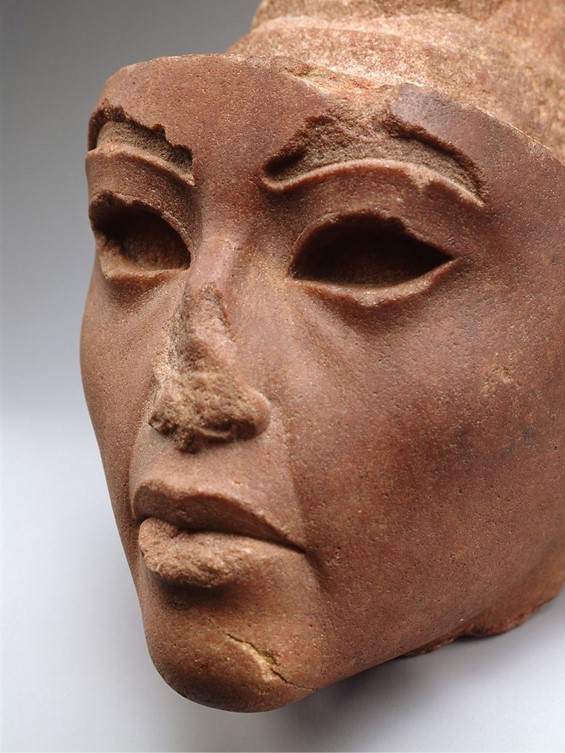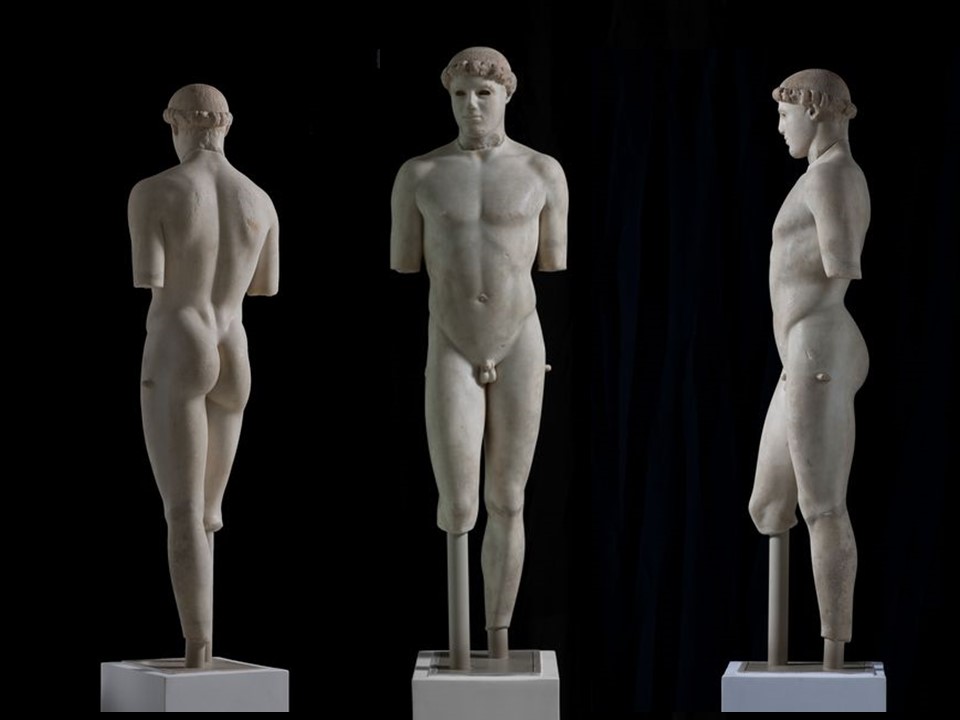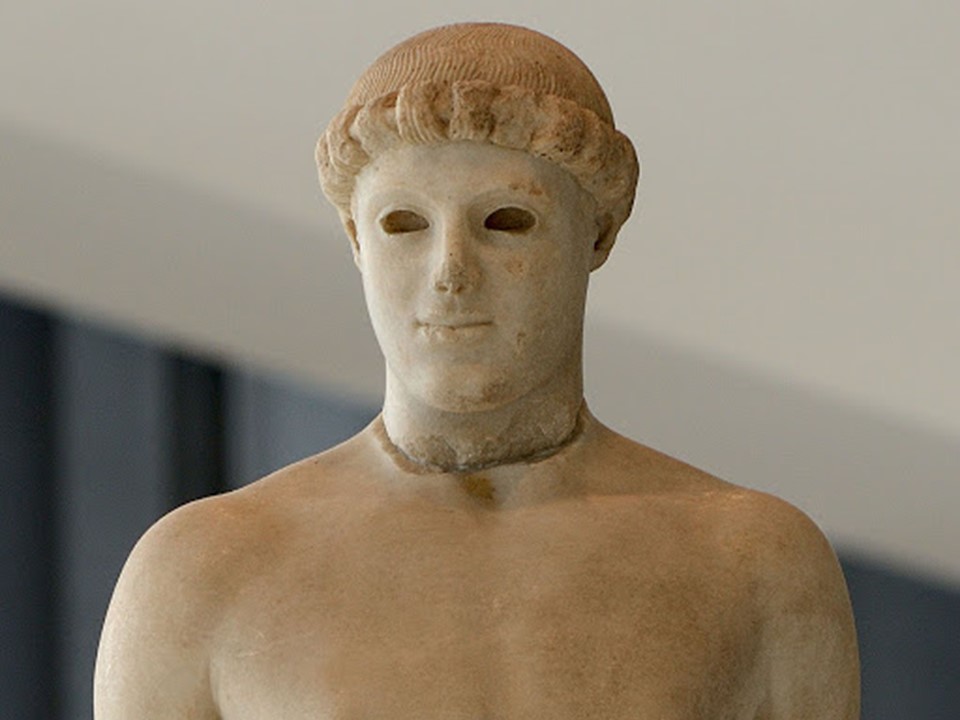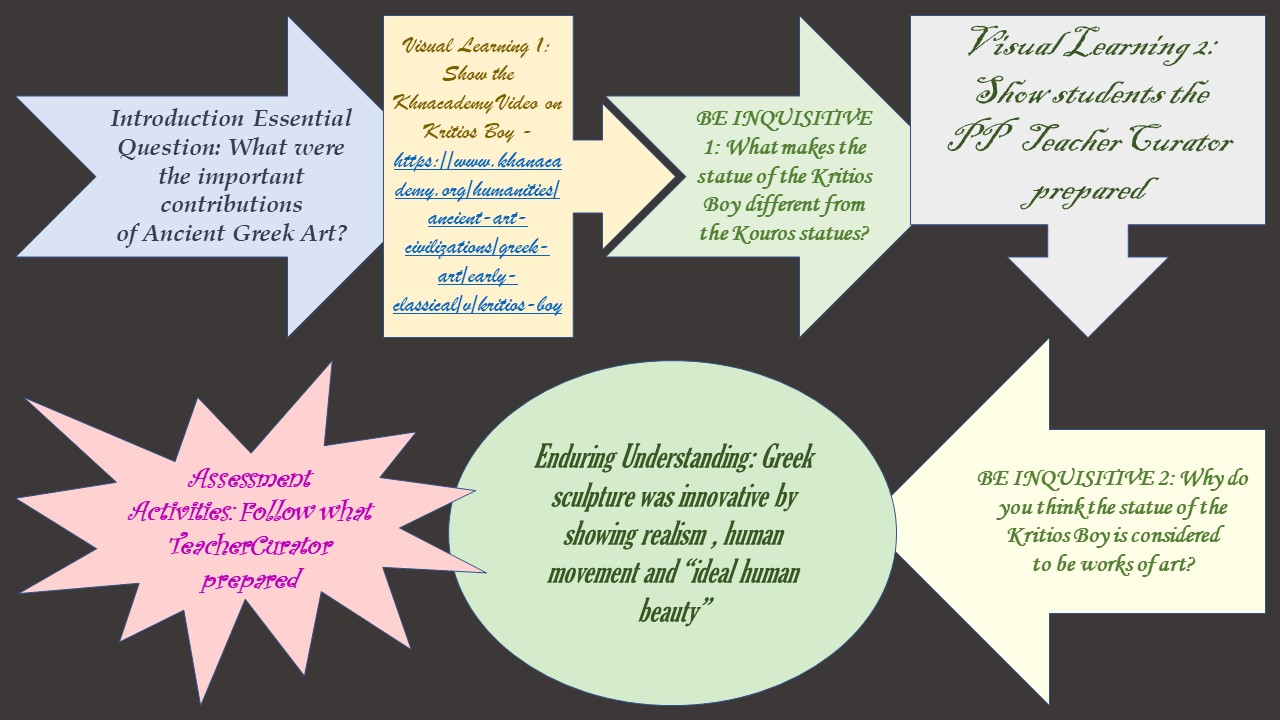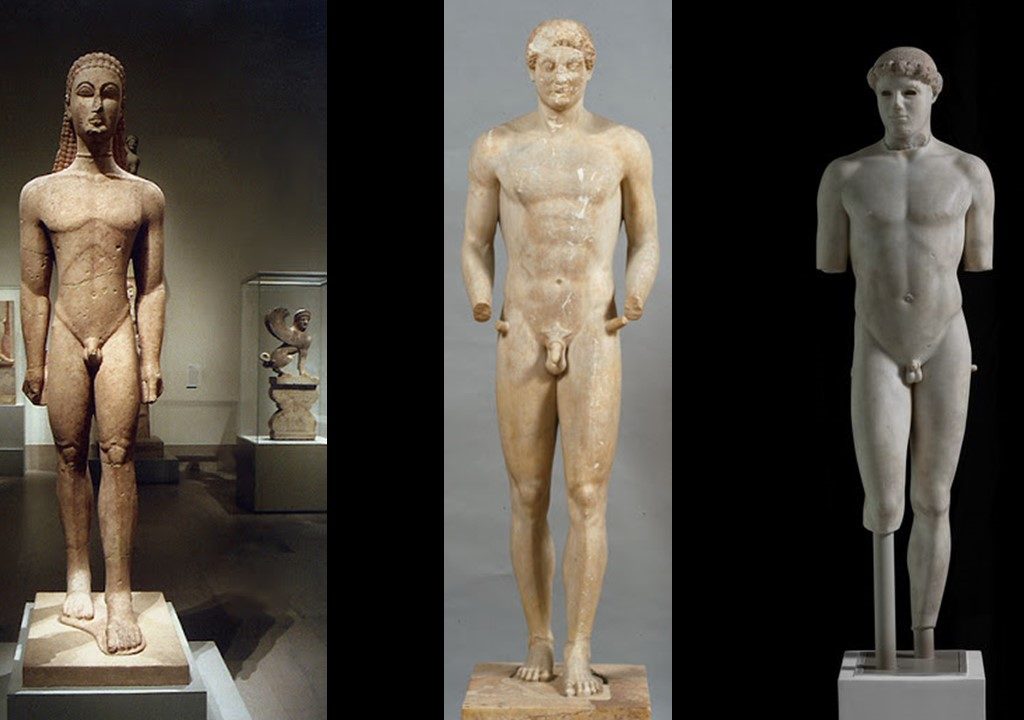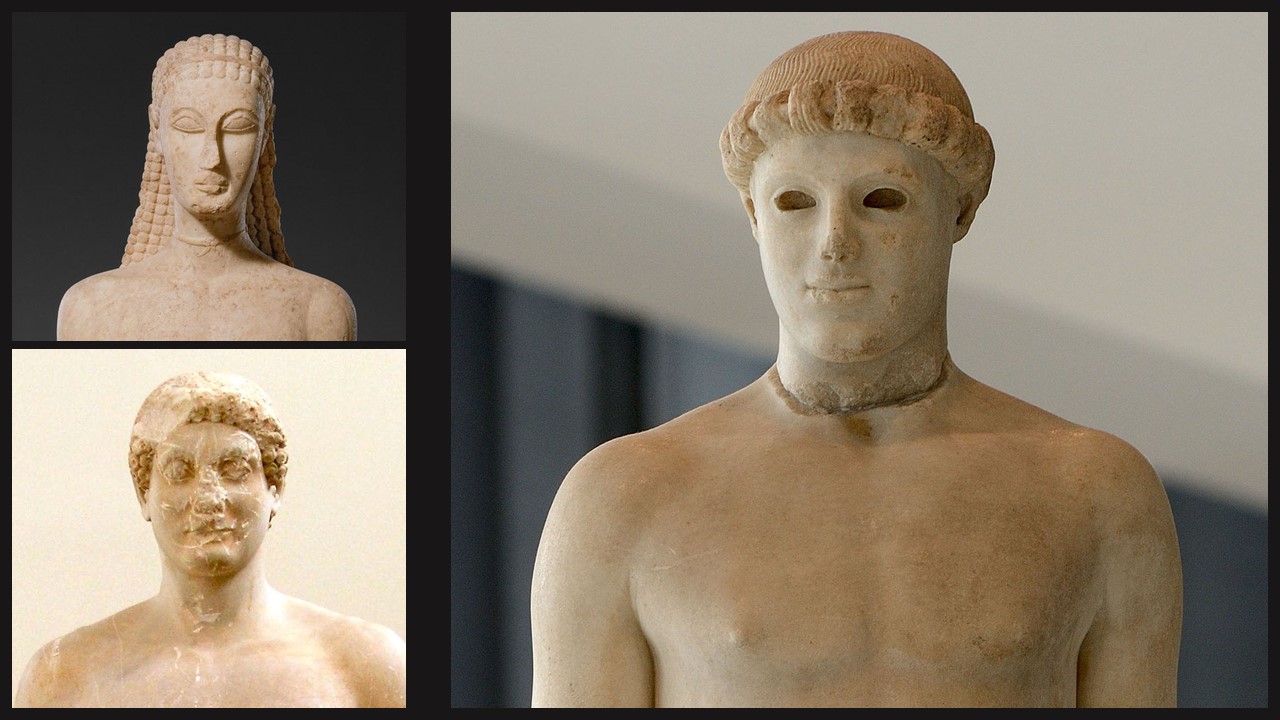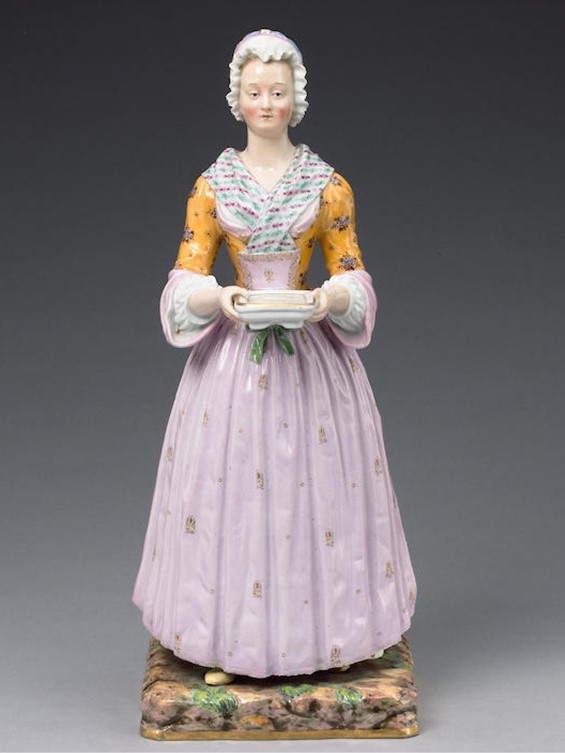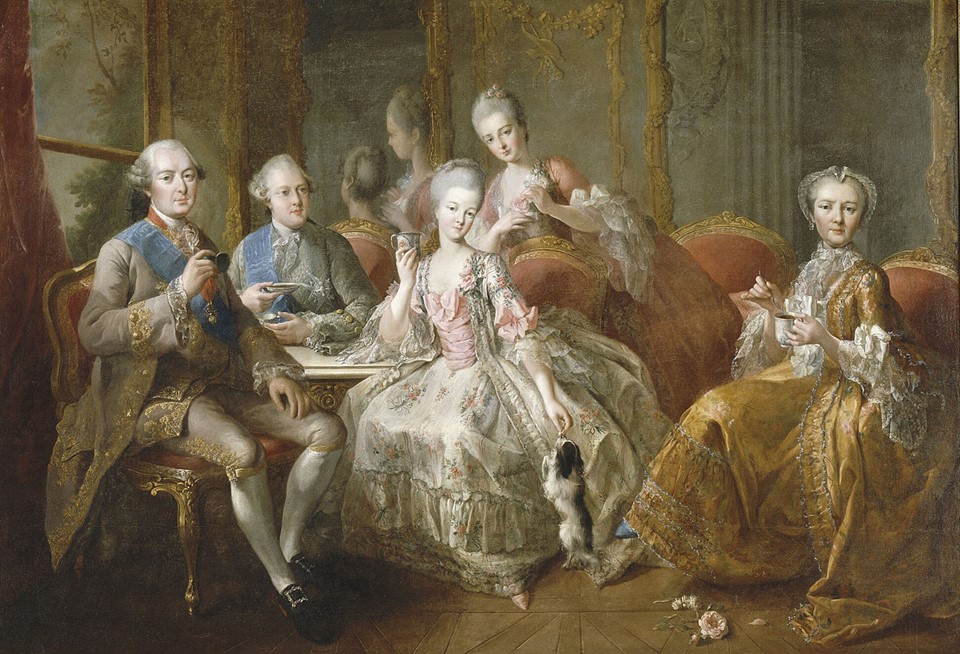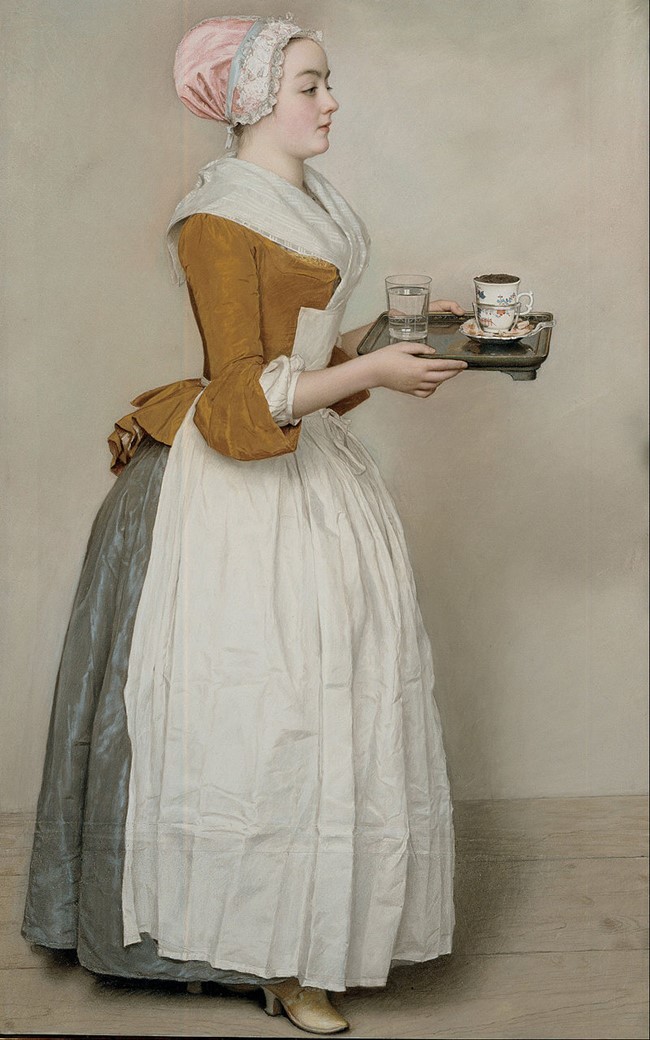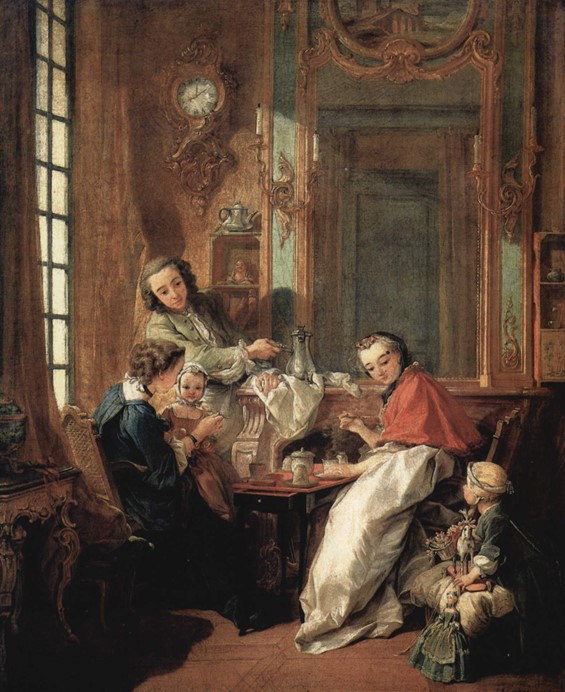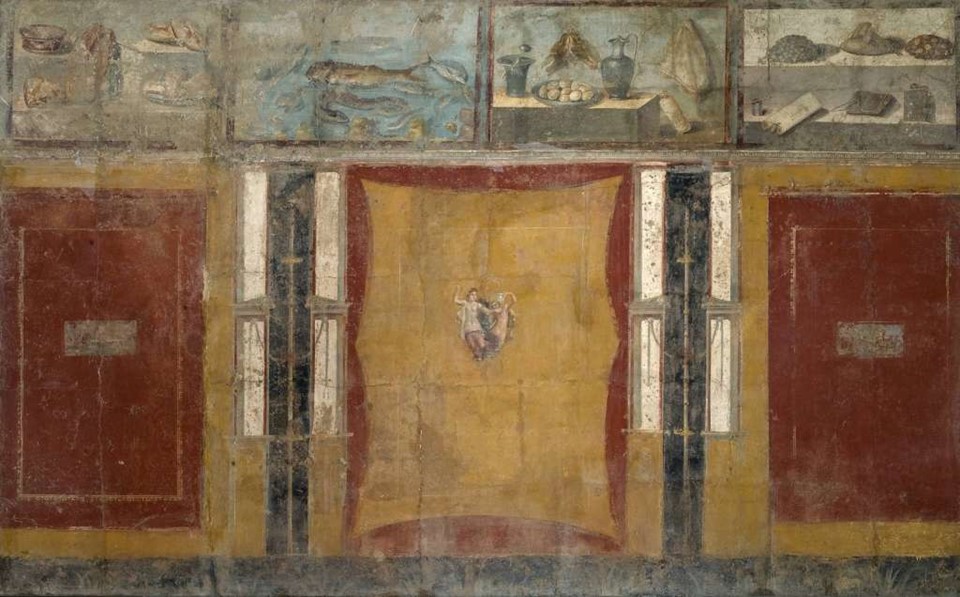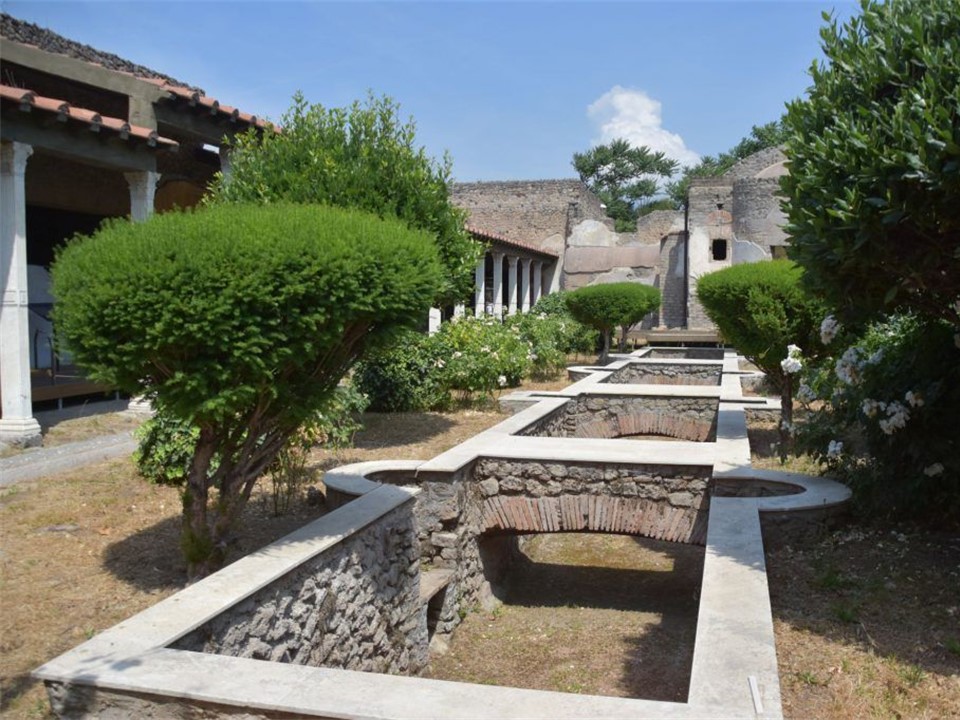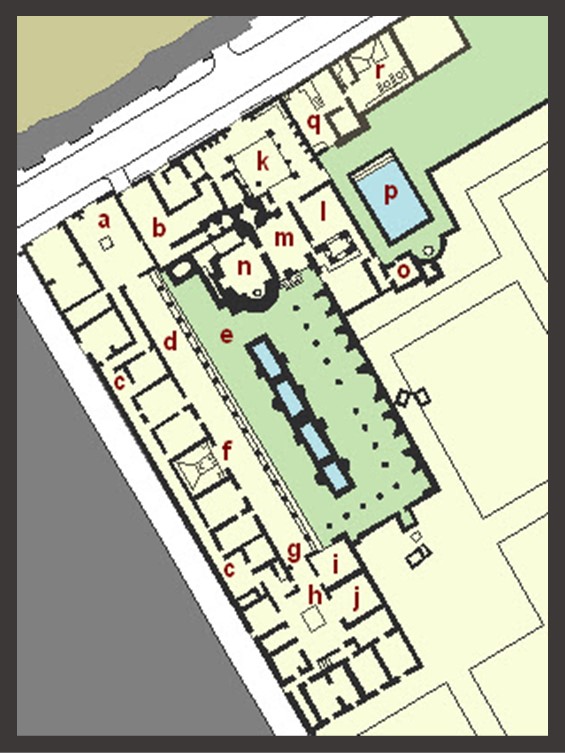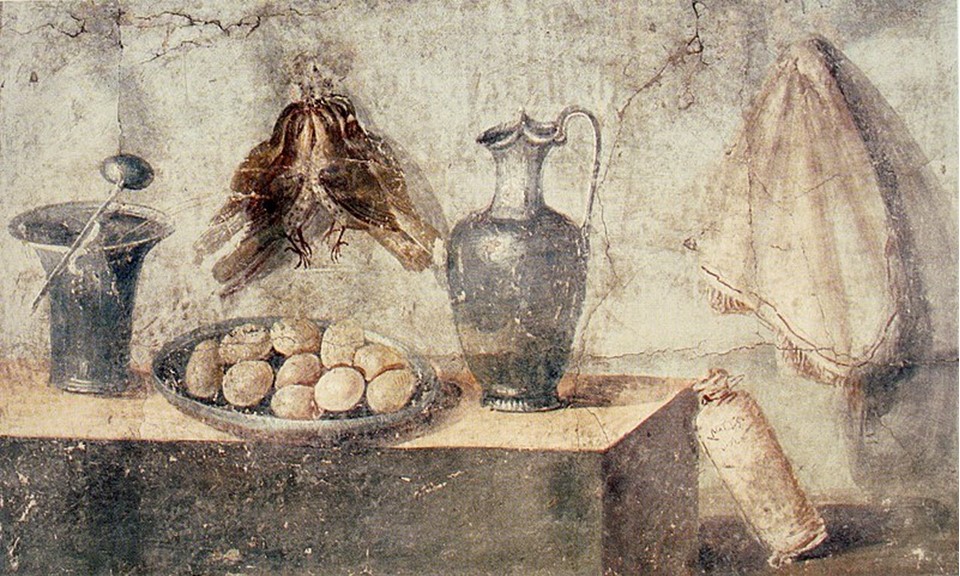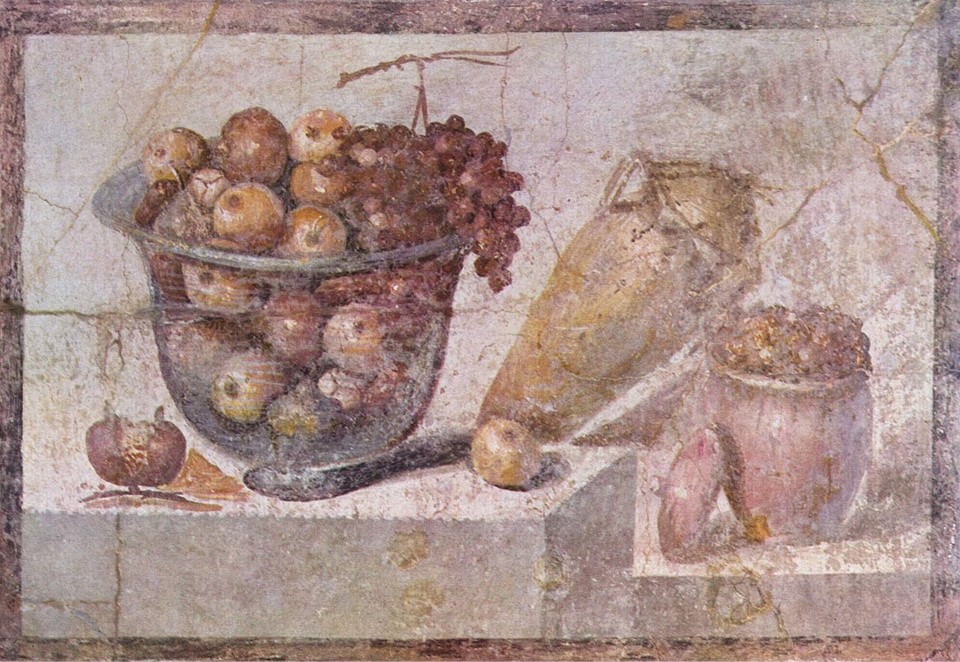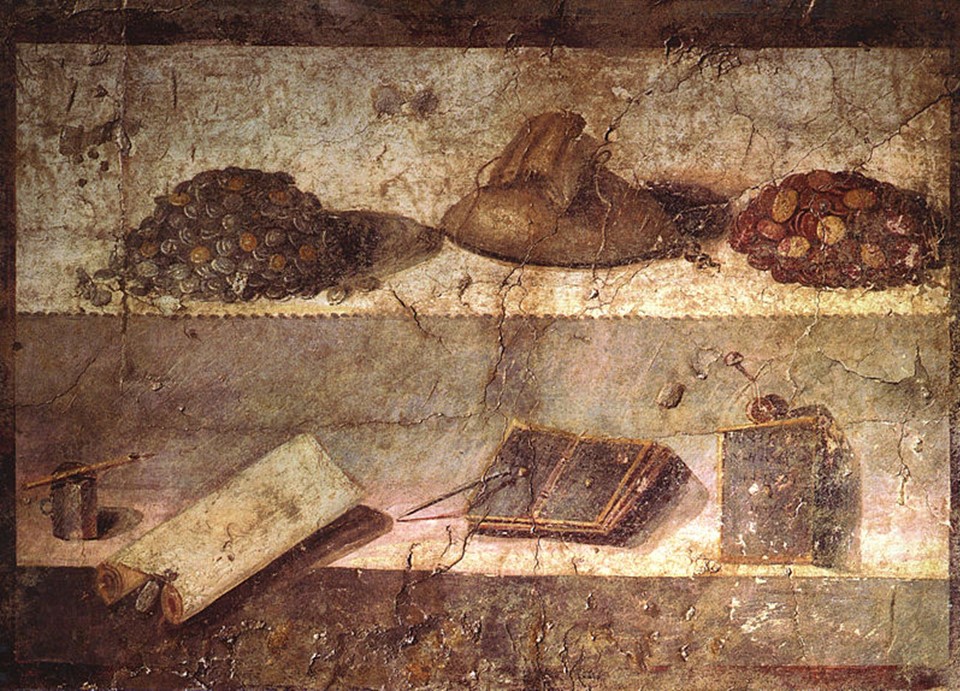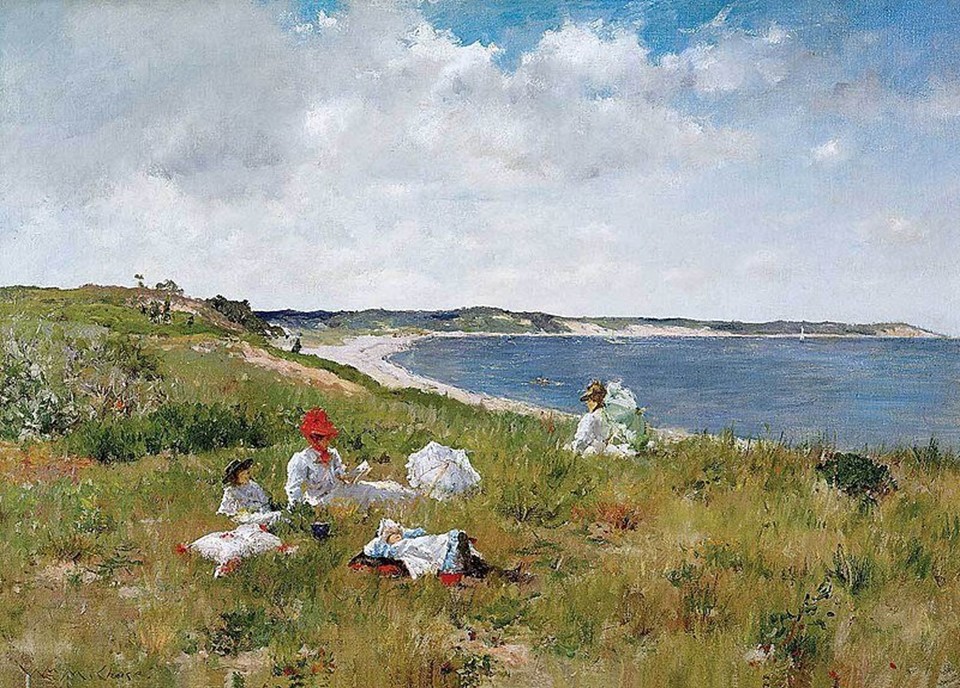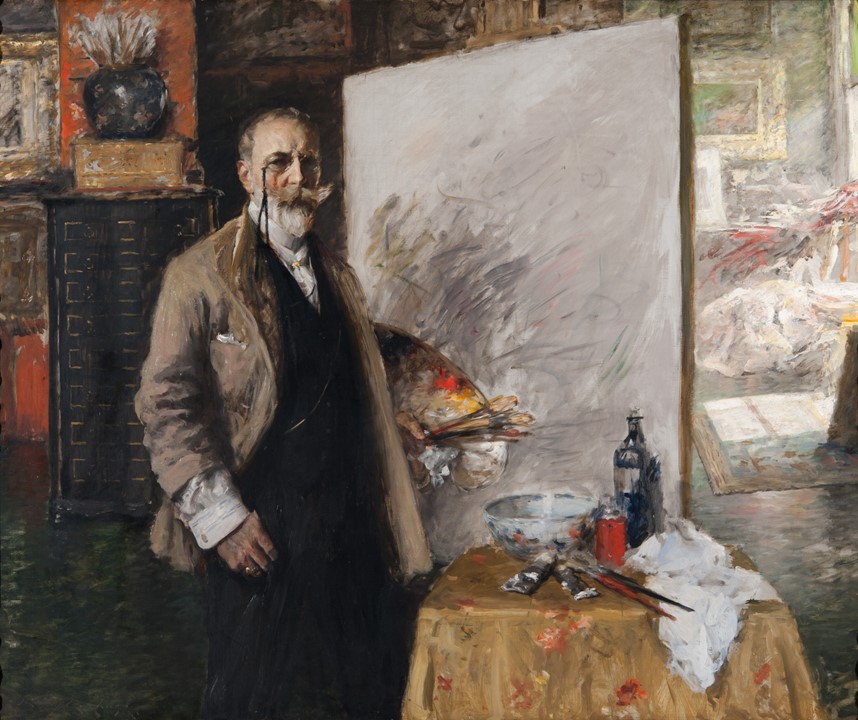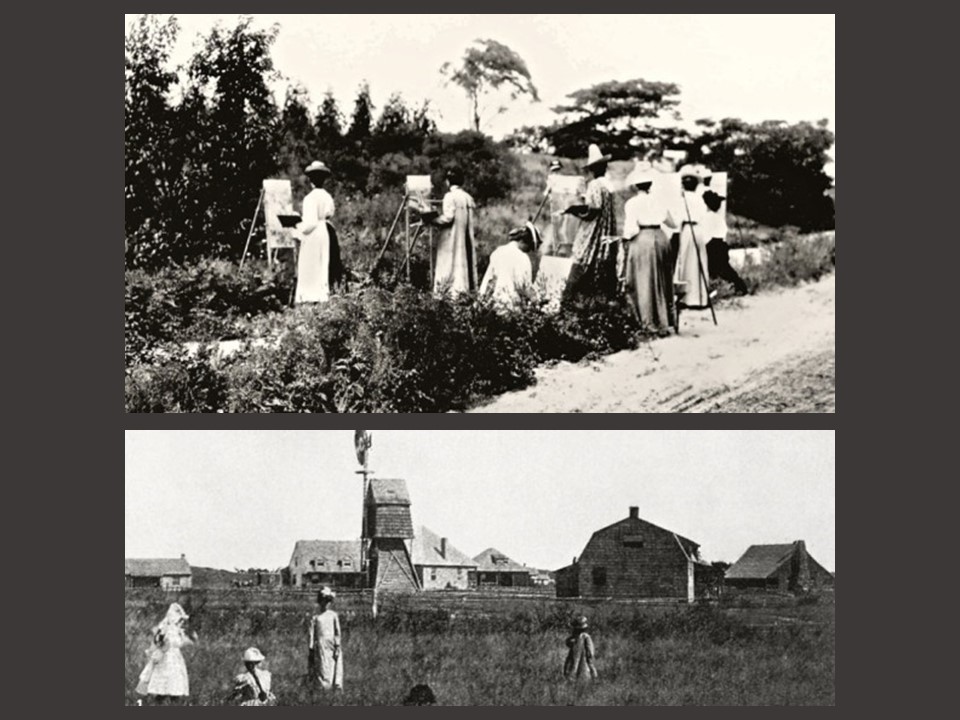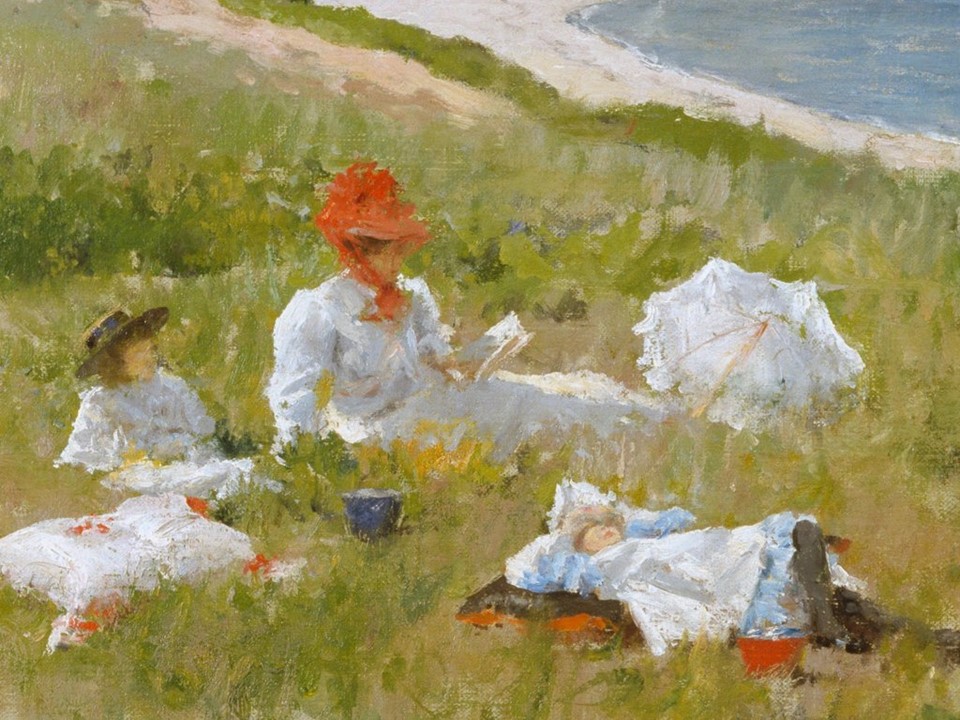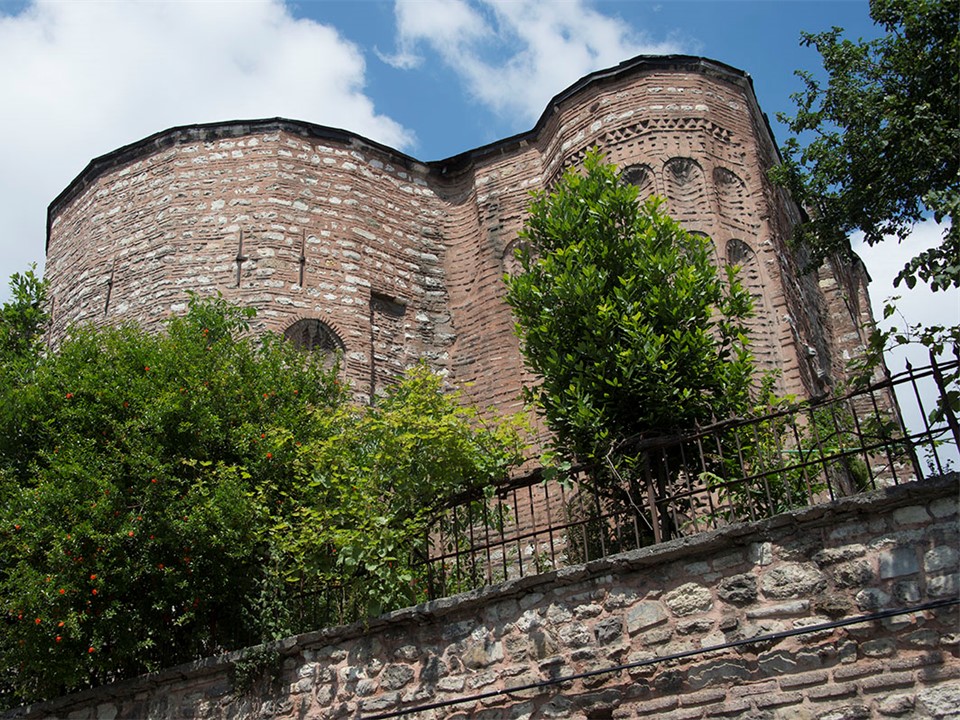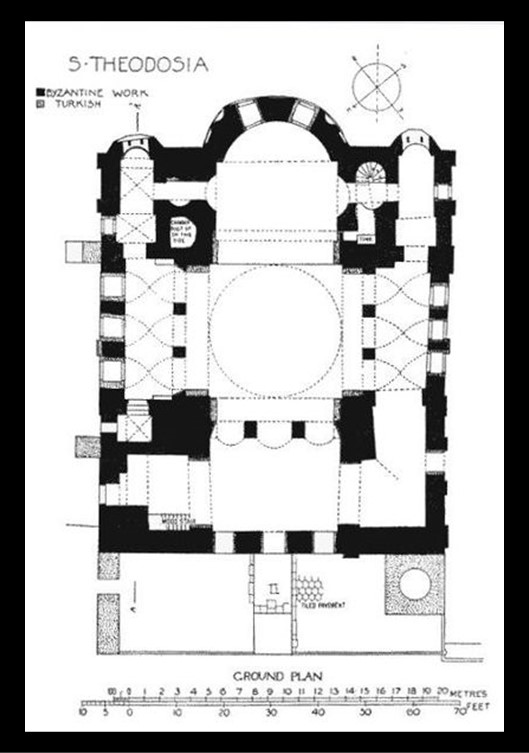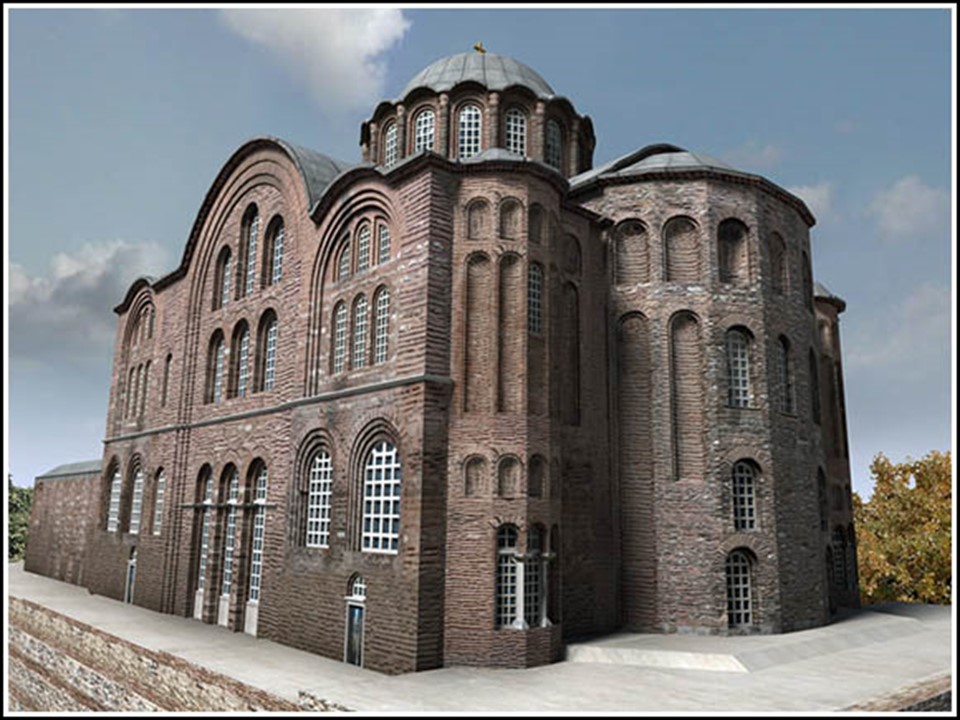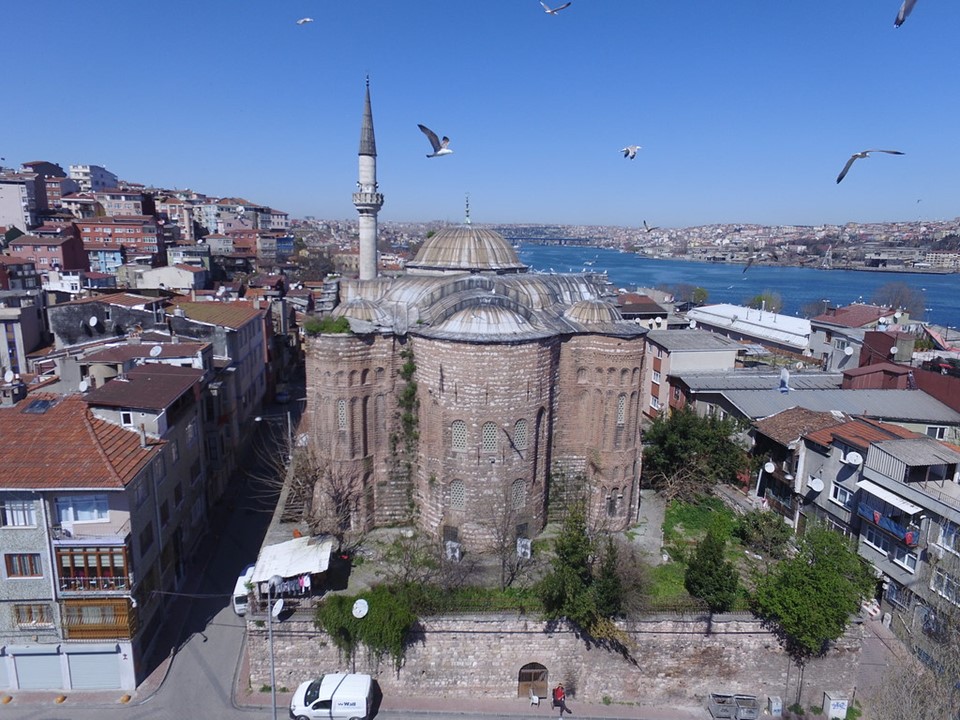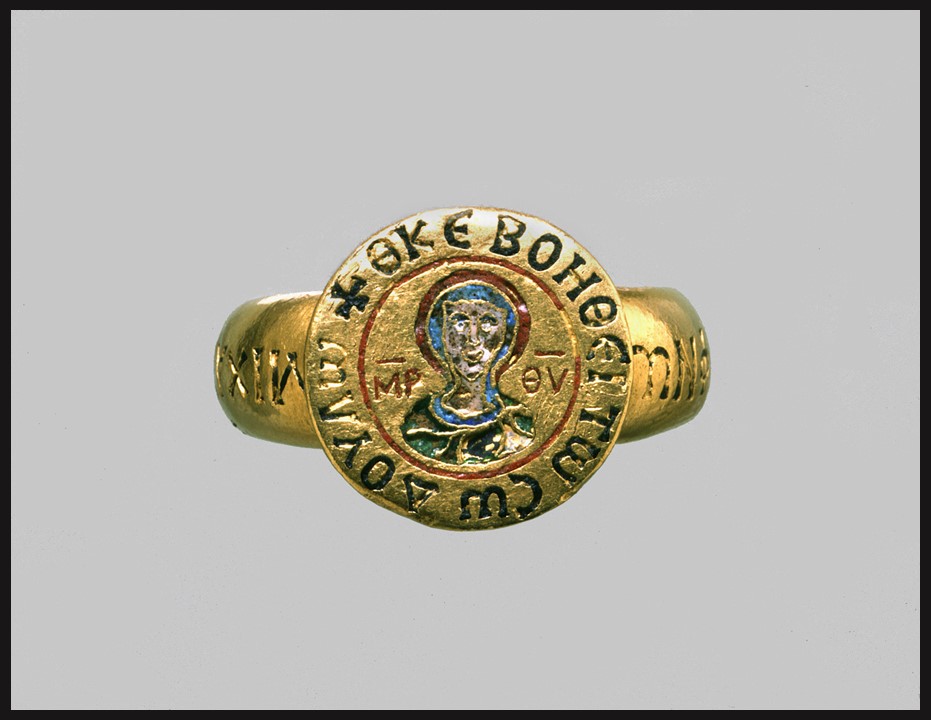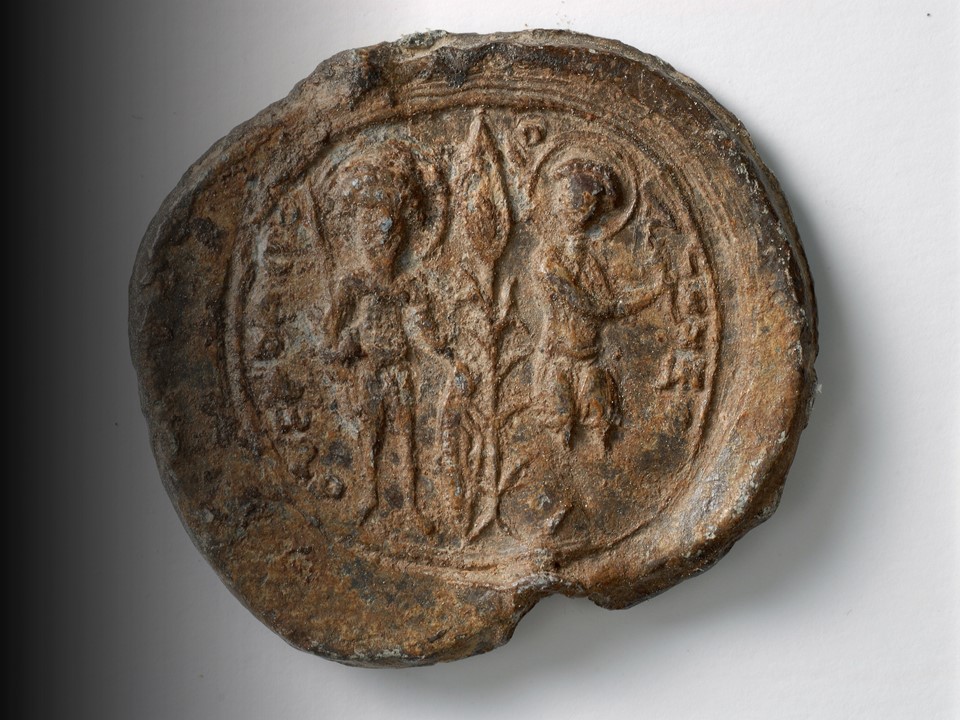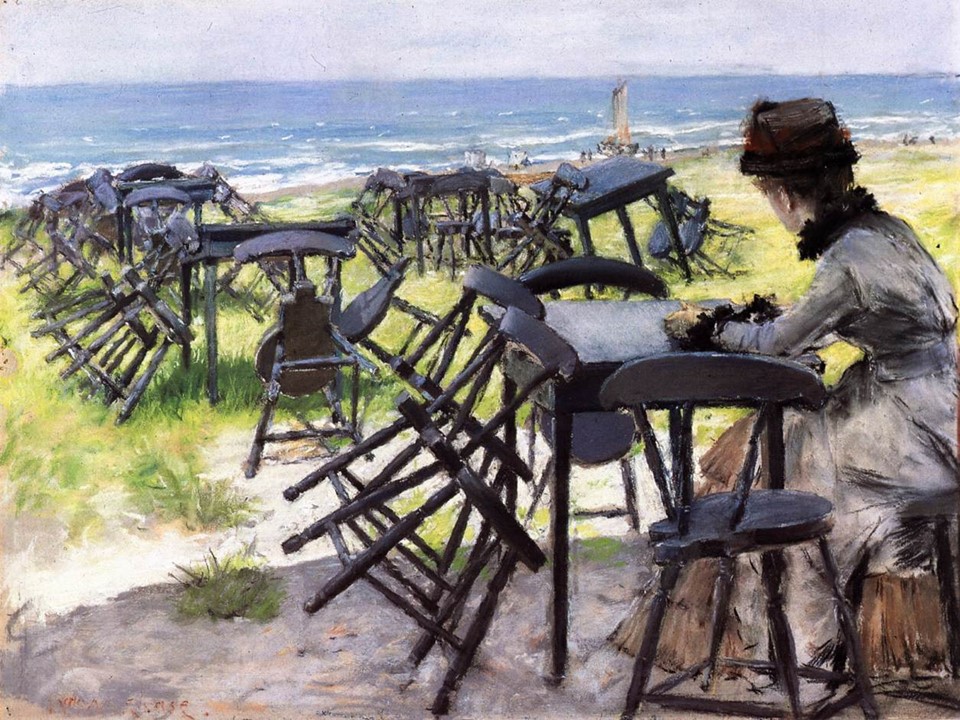
End of the Season, c. 1885, Pastel on Paper, 35 x 45 cm, Mount Holyoke College Art Museum, South Hadley https://www.wga.hu/support/viewer_m/z.html
The familiar rhythm of the cricket’s chirps / Create the soundtrack for each day, / Echoing Summer’s end / And that Autumn’s on her way. / The stifling heat of the summer sun / Is now tempered by the clouds. / Those fluffy, cotton August clouds, / That soft breezes push about. / Shadows falling everywhere / As the sun plays peek-a-boo. / Losing her strength with each new day, / A sure sign that summer is through… / But there’s also a haunting sadness sometimes. / That I feel when those dark shadows fall. / And that my greatest adventures in life / Are just memories, now aroused by those sweet cricket calls. The end of summer, carefree days, is fast approaching… the beginning of the new School year is right in the corner… and I think of Patricia A. Fleming’s Poem for Kids The Summer’s End and the End of the Season by William Merritt Chase. I feel melancholic… just like the lady in the painting! https://www.momjunction.com/articles/poems-about-summer-for-kids_00720909/
I like how perceptively William Merritt Chase’s ideas on how Idle Hours should be depicted is described in the article William Merritt Chase and modern leisure, and presented in ANTIQUES, back on August 29, 2016. Furthermore, an introduction to his life is more than essential to understand his style… That aura of pleasure suffuses Chase’s work and belies the effort he put into creating innovative paintings of modern life. He worked hard to make his art look easy. Born to a middle-class family in Indiana, Chase cobbled together the support of local businessmen to finance his art education in Munich. From 1872 to 1878 he studied at the Royal Academy there, mastering the dark, gestural brushwork of the Munich school and studying the work of the old masters. He sent his paintings back to New York for display, earning admiration even before he returned to the United States in 1878. He immediately took rooms in New York’s most prestigious studio space, the Tenth Street Studio Building, where he established himself at the center of the city’s art world and created an eclectic, European-inspired studio space that announced his reputation as a well-traveled bohemian and an imaginative, creative artist. Soon thereafter, he began to explore modern subjects of relaxation in an innovative style. https://www.themagazineantiques.com/article/idle-hours-william-merritt-chase-and-modern-leisure/
Spending my summers in a Greek sea-front small village, being a teacher who treasures my last days of summer bliss, I feel very close to the End of the Season, by William Merritt Chase in Mount Holyoke College Art Museum. It is one of his early paintings depicting a scene at the beach at the end of the summer season. A woman in fashionable summer greyish attire sits comfortably, leaning over the empty table, at the right side of the composition. She is looking at the distant fishermen whose boat rests on the strand… and the fresh, choppy sea… There are more tables in the composition, the chairs tipped up against them… empty now of holiday visitors. No wonder the title is End of the Season. http://museums.fivecolleges.edu/detail.php?t=objects&type=ext&id_number=MH%201976.9
William Merritt Chase probably painted the End of the Season during a summer visit to Holland as a tribute, according to a critic, to a “Continental watering-place, with chairs and tables upset by the seashore, and a single lonely figure.” This is one of the artist’s earlier pastel paintings, a medium much admired for its dry powdery finish and brilliant colors. Pastel painting was a declaration of modernism in the period, admired by the avant-garde for the way in which its sketch-like character called attention to the artist’s hand. Chase, the cofounder in 1883 of the Society of Painters in Pastel, was a master of it. https://www.themagazineantiques.com/article/idle-hours-william-merritt-chase-and-modern-leisure/
For a Student Activity, please… Check Here!
